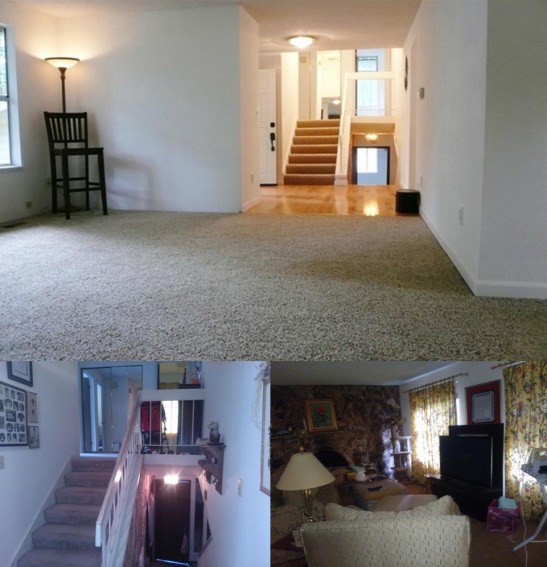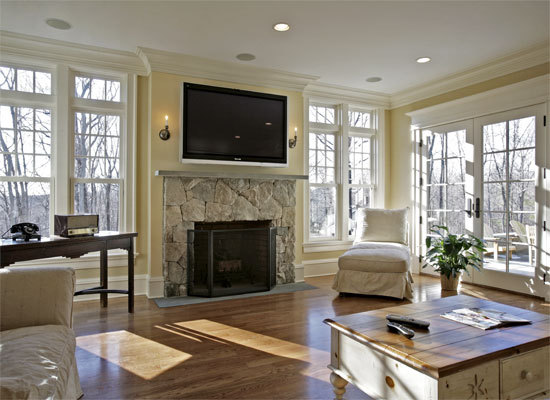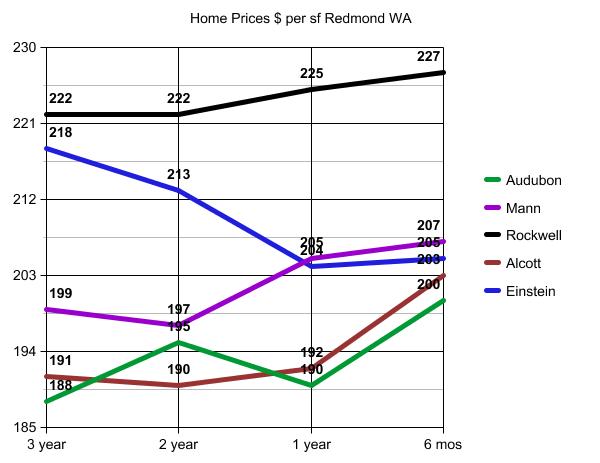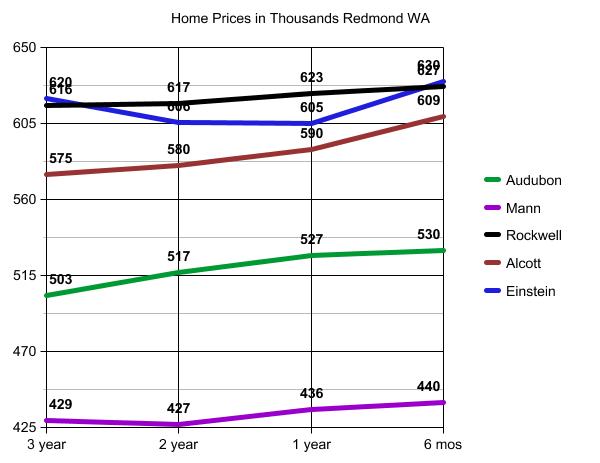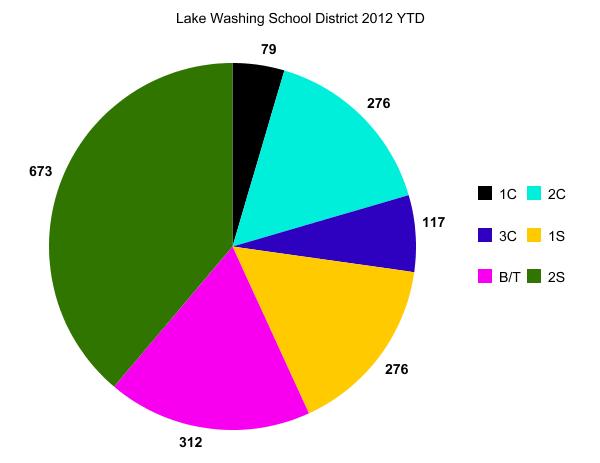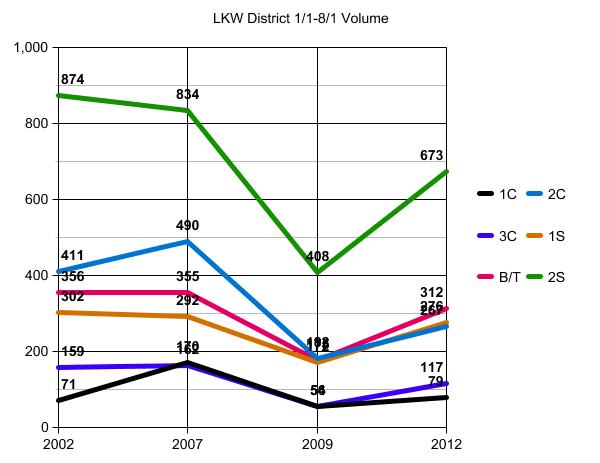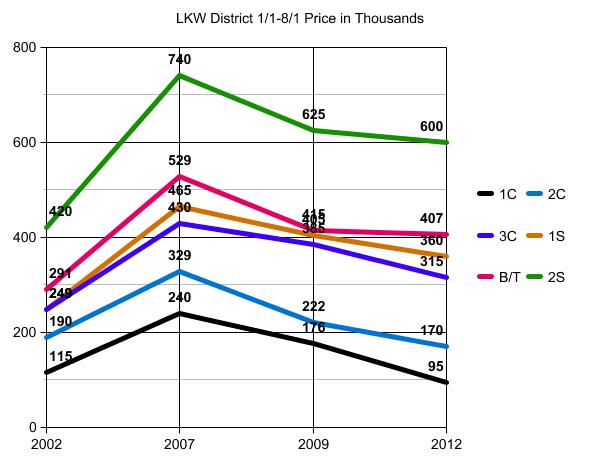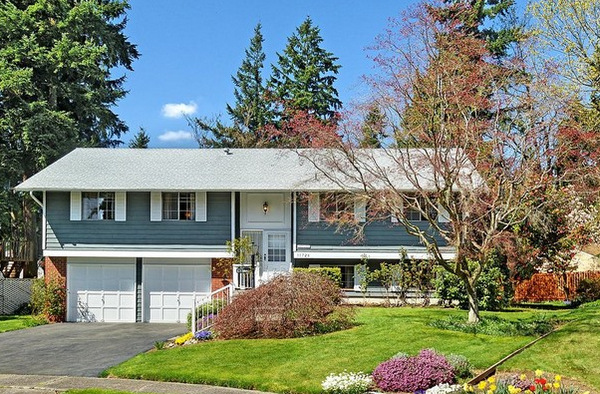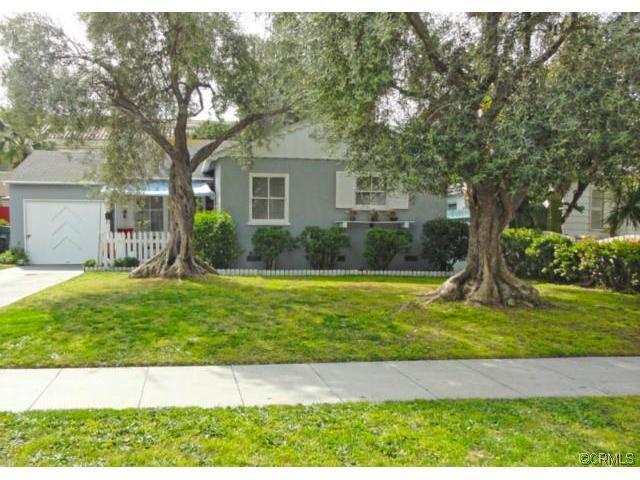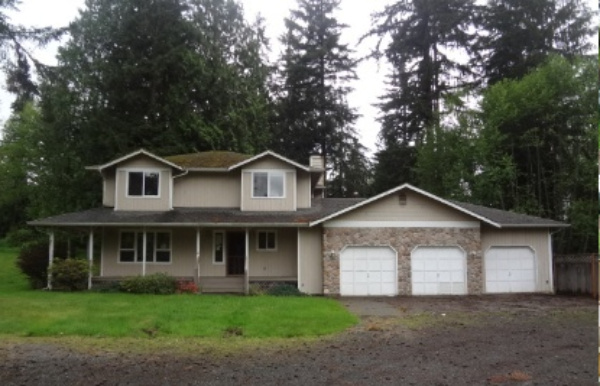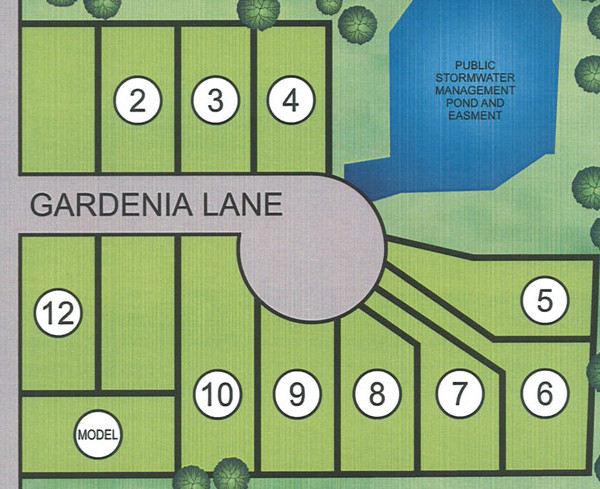This is not legal advice, and you should not rely upon it. For legal advice, consult an attorney, not a blog.
 In today’s low-interest-rate, low-inventory, recovering-from-the-bubble housing market, there are more buyers than there are sellers. This leads to routine instances of multiple offers, where only one buyer will get the home under contract and the rest will be disappointed. So if you’re looking to buy, you need to be thinking about how to handle this likely scenario when you find “the one.” You want to be the sole winner, not one of the several losers.
In today’s low-interest-rate, low-inventory, recovering-from-the-bubble housing market, there are more buyers than there are sellers. This leads to routine instances of multiple offers, where only one buyer will get the home under contract and the rest will be disappointed. So if you’re looking to buy, you need to be thinking about how to handle this likely scenario when you find “the one.” You want to be the sole winner, not one of the several losers.
There are many ways to enhance an offer, many of which are discussed in the link above. However, these are generally “ham-fisted” attempts to strengthen the offer that are routinely employed by real estate agents and that really are not that effective. For example, putting down a large amount of earnest money certainly doesn’t hurt, but (a) the seller wants to sell, not keep the earnest money, and (b) presumably your competitors will bump up their earnest money as well. Accordingly, increasing the earnest money is not a particularly effective way of strengthening your offer.
In a recent post, Ardell discussed the relationship between the “must appraise” clause and the recent increase in housing values. She suggests that buyers are now waiving the “must appraise” clause in order to strengthen their offer. In reality, removing the “must appraise” clause from the financing contingency is an ineffectual way of strengthening the offer. [That said, Ardell is absolutely correct in warning buyers about entering into a contract where they will have to make up the difference between the sale price and appraised value, a caution that fully applies to this post as well.] If a buyer simply eliminates the “must appraise” clause of the financing contingency, the buyer really hasn’t strengthened the offer at all. In fact, just the opposite.
Per the terms of the financing contingency, the buyer is relieved of the obligation to buy the home, and is entitled to a return of the earnest money, if the buyer’s lender is unable to fund the loan per the terms of the contingency (most commonly the lender will provide 80% of the sale price). When the financing contingency includes the “must appraise” clause, the buyer does NOT automatically get an “out” if the home appraises for less than the sale price. Rather, the seller has the contractual right to “massage” the issue and to keep the sale on track. If there is no “must appraise” clause, the seller loses this contractual right. So if the property doesn’t appraise, where the contract includes a financing contingency but no “must appraise” clause, the loan simply does not fund and buyer is at least arguably entitled to a return of the earnest money back.
Why “arguably”? There would be a degree of ambiguity in the contract about whether the buyer “had sufficient funds to close” if there is no “must appraise” clause. The buyer would argue that the “sufficient funds” refers to the buyer’s portion of the sale price as set by the contract (e.g., if the contract requires 20% down and the sale price is $500k, then buyer must have $100k on hand). The fact that the property did not appraise does not change the buyer’s obligations. Rather, it simply means that if the property doesn’t appraise, the loan will not fund, and thus buyer is entitled to the protections of the contingency. The seller will of course argue otherwise.
But the goal here is to strengthen the offer, not set up a spitting match with the seller. That being the goal, the best way to strengthen the offer? Waive financing entirely. Does this mean that the buyer is barred from financing the purchase? Of course not.
Well, not “barred,” but not allowed either. Absent a financing contingency, the buyer represents in the form contract that the buyer is not relying on any contingent source of funds, such as a loan, to complete the purchase. So if the buyer simply excludes the Form 22A Financing Contingency from the offer, but is planning on getting a loan, the buyer will be in breach of contract as soon as the contract is signed. This would allow the seller to retain the earnest money and sign a contract with a new buyer. Unlikely, but very very possible. So a prudent buyer should include an additional term in the offer noting that buyer will be financing the purchase. Thus a pre-approval letter will be essential as well.
There is no prohibition in the contract on getting a loan. But if the buyer can’t get a loan, then buyer will forfeit the earnest money. An offer without a financing contingency is considered a “cash offer” by sellers (and their agents). This means that the appraisal is irrelevant in regards to buyer’s obligation to complete the purchase. And Ardell is right, THAT is the seller’s goal, because bidding wars among buyers can elevate the price beyond “market value.”
Sellers don’t want the transaction to derail because of a low appraisal. But you don’t get there simply by eliminating the “must appraise” clause. You need to forgo the financing contingency entirely. Which of course increases the risk to the buyer’s earnest money. If the buyer forgoes the financing contingency but must finance the purchase, and if the financing fails for ANY reason, the buyer loses the earnest money, period. In other words, the risk of a failure of financing lies on the buyer, not the seller, where there is no financing contingency.
If the property does not appraise for the sale price, the buyer will either have to go out-of-pocket for the difference (as noted by Ardell) or buyer will forfeit the earnest money. So if you’re thinking of going this route, make sure you understand and accept this risk.
Should you forego the financing contingency, but offer a small amount of earnest money? This is a good option, in part because “CASH OFFER!” has such an appeal to sellers (and their agents). There is a good chance that the seller will not even appreciate the need for a large amount of earnest money absent a financing contingency. If seller does appreciate that issue, then at a minimum you have a good chance of getting a counteroffer from seller. And if there are multiple buyers, that is about all you can ask for.
So good luck with the offers, and strengthen them in a focused and effective way, as long as you understand the resulting additional risk.


